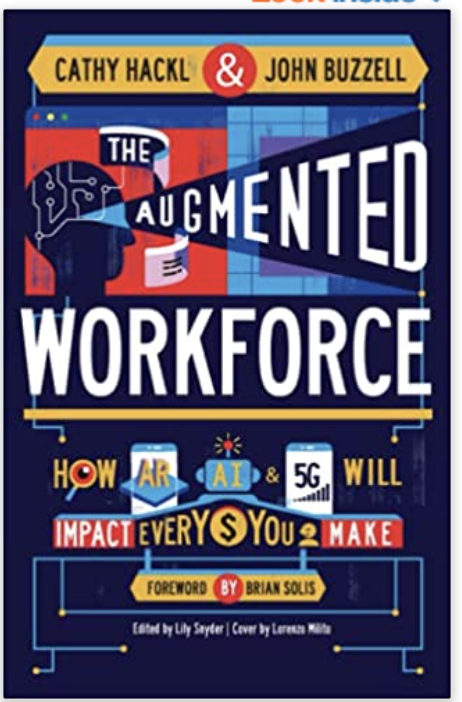Yeah, I’m finally doing the damn thing.
This October, look out for the initial release of “A Practical Guide to Making VR That Changes the World,” coming via Apple Books. I’m shaking things up for my third book, based on learnings from my first two books (available on Amazon here and here); namely, that any writing about new technology gets dated very, very quickly. So rather than put out a book and call it a day, I’ll be building in public and adding new chapters to the book on a regular basis as the industry develops.
To tide you over until the book comes out, I’ll be releasing some new material every other week on this blog, as well as more information about how to order the book and a cover preview.
Chapter one: The 101 on 360
First things first — there is a lot of bad 360 video out there. Like, vomit-inducing bad. Like, quick MTV-style jump cuts that work great on flat screens but take users out of the immersive experience in 360. Like, boring and non-interactive (oh look, a 360 video of Paris. It’s pretty and interesting for all of 30 seconds). Like, who am I and what I am doing here and why is this in 360 bad. I could go on and on, but you get the gist.
The point is that just because you have the tools to make 360 video, that doesn’t mean you should. Think of VR like you think of social media — everyone can use it, but not everyone should, for every use case. As the space grows, we’ll likely see levels emerge, just as we have with social media. Big brands and companies will hire specialized agencies while individuals who just want to have fun and make content will be able to create on their own.
The absolute number one cardinal rule you should always remember as you may 360 VR is this: the camera is the user. Seriously, I would tattoo this on my forehead if it wouldn’t break my mother’s heart. No matter what, the user is part of the action, and they need to have a defined role. Do not put them in the position of being a wallflower who observes the action unless it is a deliberate narrative choice. Do not put them in an unnatural position (I once saw a corporate VR piece where the user sat in the middle of a conference table, an action that would surely get you fired in real life). Do not make the user ten feet tall or three feet tall unless it is part of the story (five foot six is an average height that mirrors normal human interaction).
The next section of the book is meant to help you get started in your thinking about 360 video. Think of it as a 101 level course that you take in college — you’ll get the fundamentals, but you’ll still need more learning and assistance to get to mastery. As you read, you’ll get some key definitions and tips, as well as things to watch out for and questions to ask yourself and your organization.

















